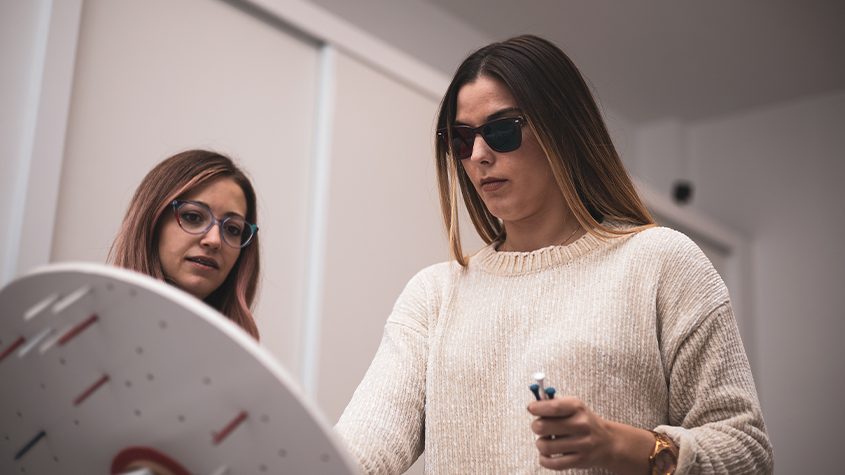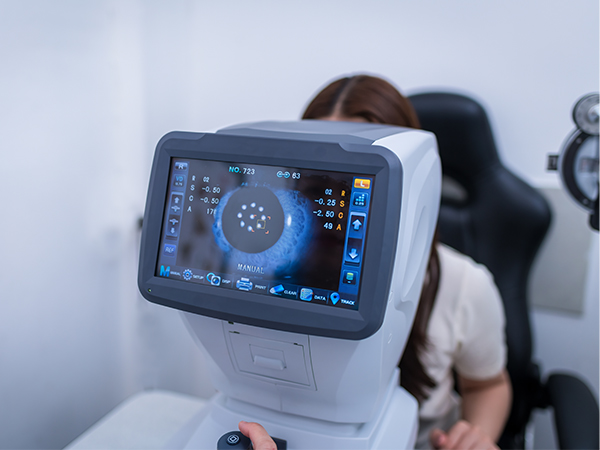TREATMENT AFTER BRAIN INJURY

Post-Traumatic Vision Syndrome
Post-traumatic Vision Syndrome describes visual conditions that are frequently present after brain injury from stroke, brain surgery, or trauma. Since we do not see with our “eyes”, but with our “visual brain”, the eye may be healthy, but the visual symptoms persist.
Symptoms may include:
- Blurred vision: may be distance, near, or both
- Double vision: may be horizontal, vertica,l or only in 1 direction of gaze
- Visual field loss: often on the same side as the weak side of the body. When one cannot see their weak hand or foot, it is difficult to recover movement.
- Eye Movement Difficulties: trouble fixating, scanning, locating, or moving eyes
- Sensitivity to light or motion: trouble in visually overwhelming environments, such as grocery stores, walking down aisles, and department store fluorescent lights
- Headaches or Eyestrain with visual work
- Reading Difficulties: may be due to eye teaming problems or visual processing problems, agnosias‐ inability to visually recognize objects or symbols
- Visual midline shift syndrome or visual spatial problems‐ contributes to leaning or tilted postures, veering when walking, difficulty reaching, poor eye-hand coordination, poor depth perception
- Balance problems or unstable walking
After Brain Injury
A rehabilitation team of physical, occupational, and speech therapists is often employed to help recover lost function. Since vision guides our movement, posture, reaching, and cognitive functions, if visual problems are not addressed, rehabilitation is incomplete or ineffective.
A visual therapist is a necessary part of any rehabilitation team. Visual therapy usually consists of regular office-based therapy sessions supported by 20 minutes of home practice daily.
Regaining Functions
Visual therapy can teach compensatory strategies, such as scanning into the area of field loss, or it can recover health and connectivity of nerve cells to restore function. Nearly 70% of the sensory input to the brain comes from the eyes, involving over 50% of the brain to process visual information. Over 300 nerve pathways connect over 30 brain areas involved in visual functions. The prescribed visual activities help to restore these pathways.
Sports Concussion
Sports can cause many different injuries, including concussions. Concussions affect our brains and can sometimes lead to serious brain injury. These symptoms can result in learning problems and poor academic or work performance if left untreated. Dr. Johnson suggests that if you or your child are actively participating in contact sports, a baseline neurological exam and cognitive assessment should be performed. Treatment of a concussion varies depending on the severity of the injury.





